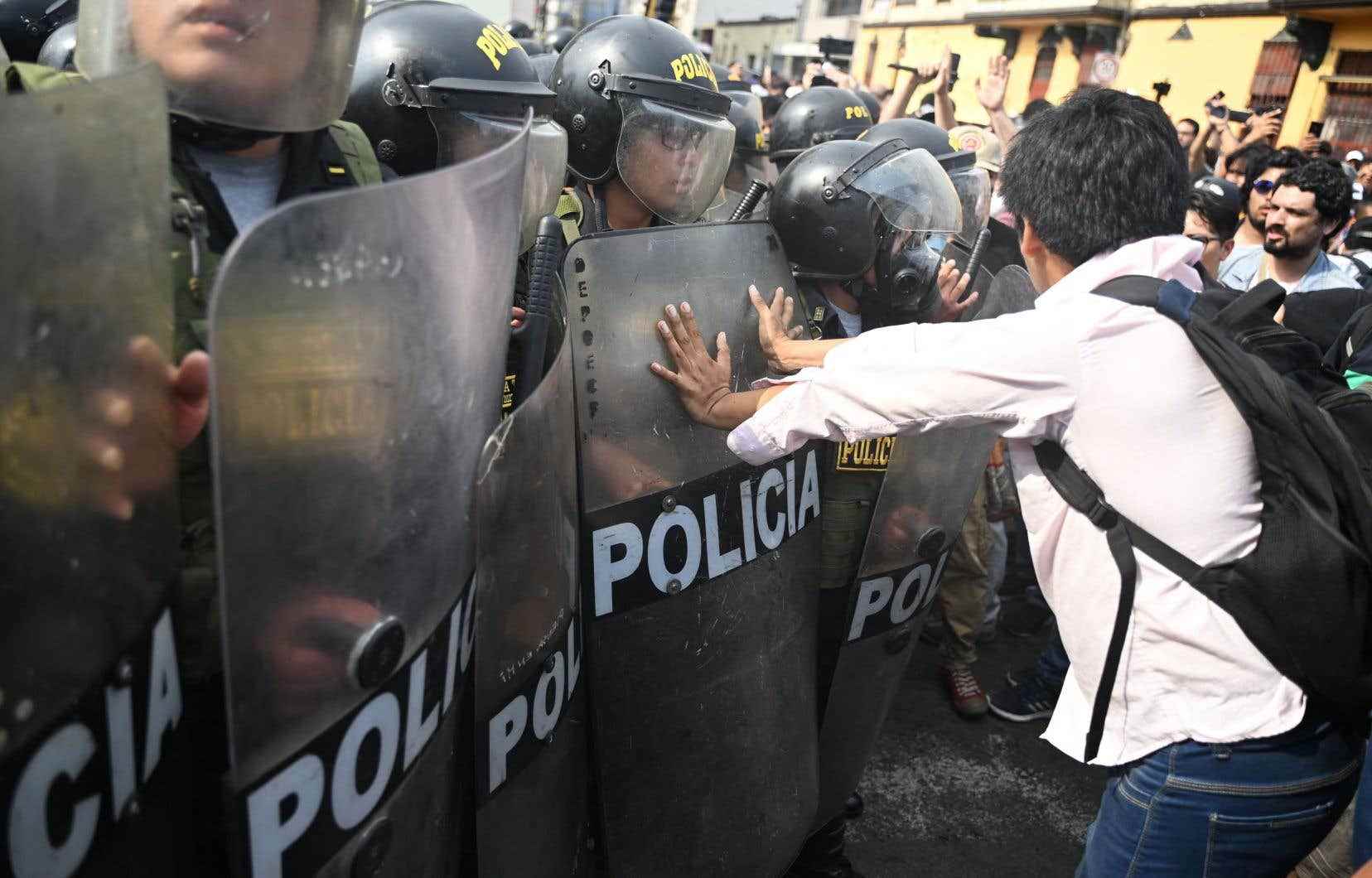Some 400 tourists stranded at the foot of Machu Picchu because of the unrest in Peru – which has claimed 46 lives since December and continues in the capital – were evacuated on Saturday by authorities who closed the famous Inca site.
“This afternoon, 418 domestic tourists [péruviens] and foreigners were transferred from the village of Machu Picchu to Cuzco”, the Inca imperial and tourist capital of Peru, the Ministry of Tourism announced on Twitter.
The ministry released a photo of the train that connects the two cities and another of the tourists inside it. Apart from walking, the train is the only way to reach this tourist gem. Piscacucho is the nearest village connected to the road network.
Tourists had been stranded for several days as protesters damaged the tracks.
Tourists, of all nationalities, had registered on Friday lists in Aguas Calientes to be evacuated.
Saturday morning, the authorities announced “the closure of the Inca trail network (land access, Inca Trail) and the Llaqta (citadel) of Machu Picchu […] due to the social situation and to preserve the safety of visitors,” according to a press release from the Ministry of Culture.
In December, some 300 tourists had already been stranded in Machu Picchu before being evacuated by a special train with railway workers to repair the track, supervised by law enforcement.
Tourism, vital for the economy, represents between 3 and 4% of the GDP and provides employment to all strata of the population.
The morning was bereaved by a new death, a demonstrator who died of his injuries received Friday during clashes between police and protesters in Ilave in the Puno region (south, near Bolivia).
This brings to 46 the number of dead since December 7 and the start of protests demanding the resignation of President Dina Boluarte, the dissolution of Parliament and the constitution of a Constituent Assembly.
“Disproportionate use” of force
The unrest began after the dismissal and arrest of left-wing president Pedro Castillo, accused of having attempted a coup d’etat by wanting to dissolve the Parliament which was preparing to oust him from power.
The European Union on Saturday condemned the violence and the “disproportionate” use of force by the police. “The EU calls on the government […] to ensure an inclusive dialogue with the participation of civil society and affected communities,” the statement said.
The crisis is also a reflection of the huge rift between the capital and the impoverished provinces that backed indigenous President Castillo and saw his election as revenge for what they see as contempt for the capital.
In Lima, the day after two days of mobilization, with the arrival in the capital of demonstrators from the poor Andean regions, the situation remained tense.
The police invaded San Marcos University in the city center in the morning to expel many demonstrators who had been staying there for several days.
” Abuse “
They shot down the gate with an armored vehicle, then searched the occupants of the premises, sometimes forcing them to lie on the ground in front of the university, noted journalists from Agence France-Presse, before arresting some of them. .
“I have relatives who are there. I’m worried. We don’t know what can happen. I do not know what they are accused of, ”said Luz Maria Ramirez, 62, who came from Andahuaylsas (south), epicenter of the demonstrations in December.
Several hundred people gathered in the afternoon near the police to demand their release, some brandishing signs “Dina murders”.
“It’s an abuse [de pouvoir] what theyre doing. They call them “terrorists” but they are peasants who claim. We have come to support them so that they can be released,” says Dalila Sanchez, 64, unemployed.
The police dispersed them in the early evening, with tear gas fire.
Other small groups demonstrated in the capital with the same demands.
